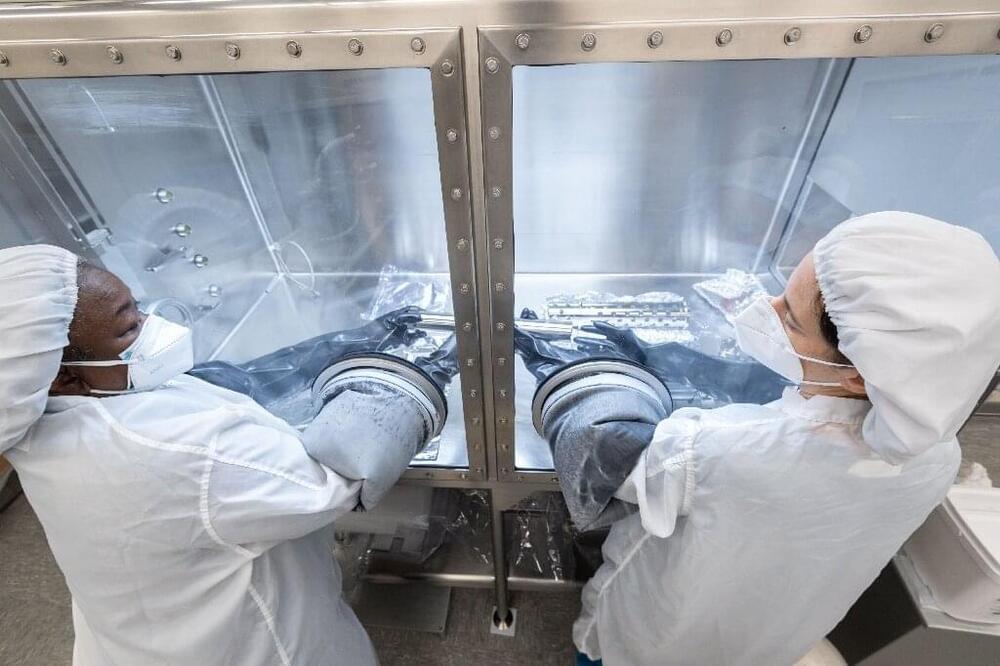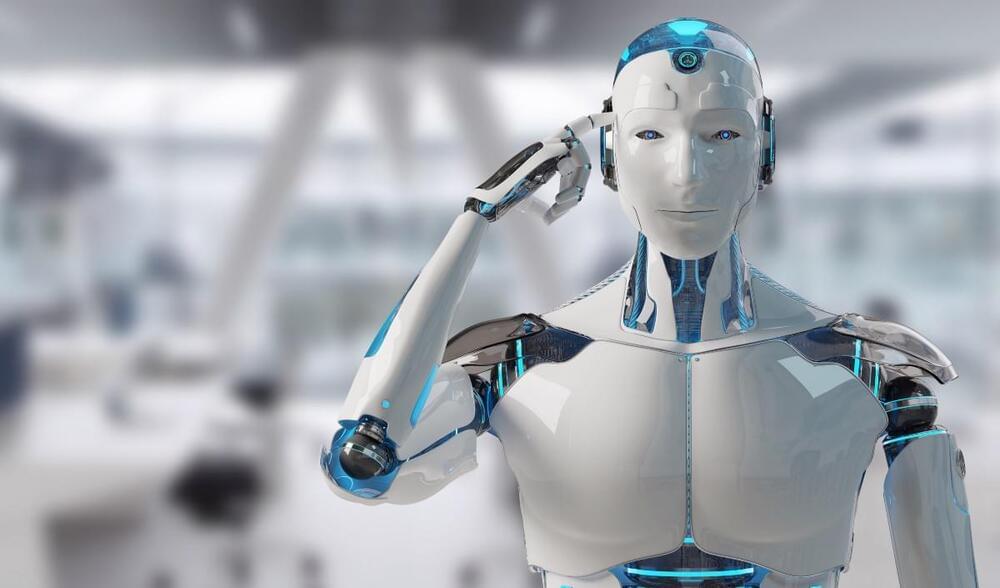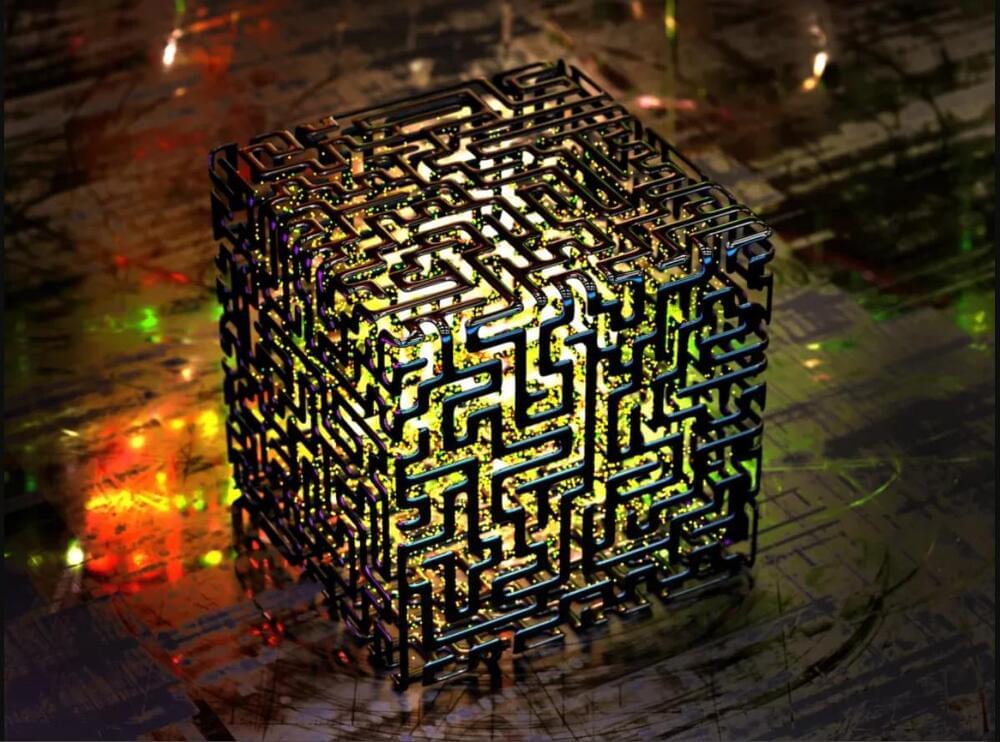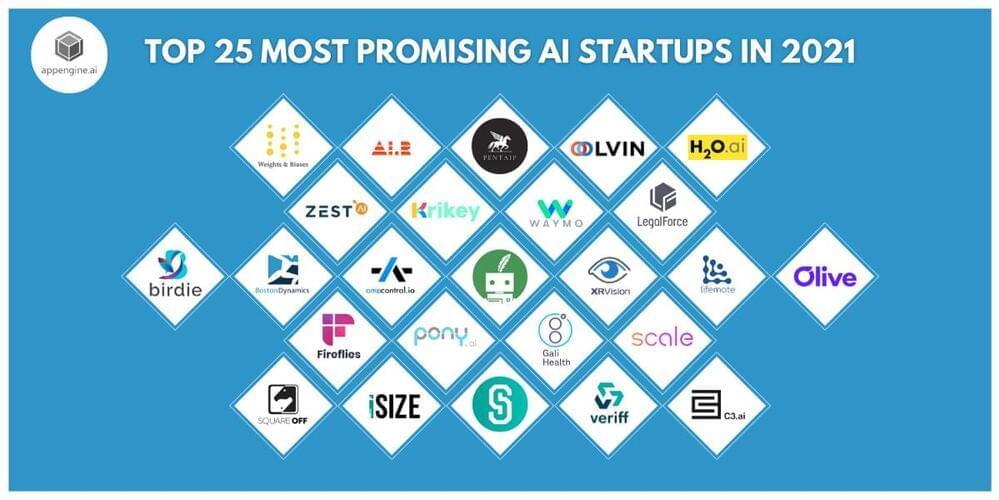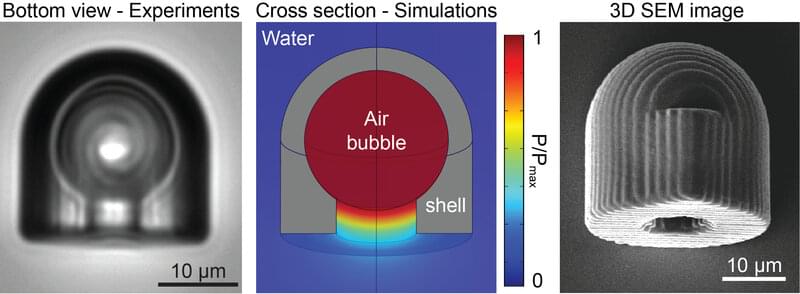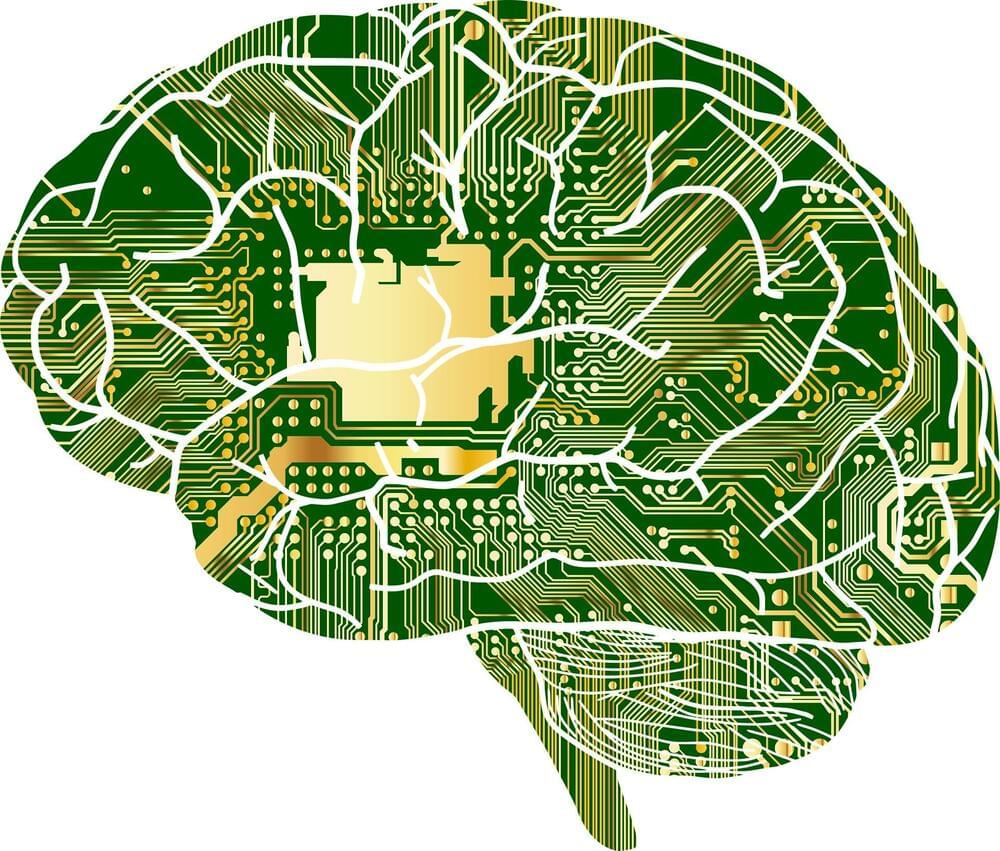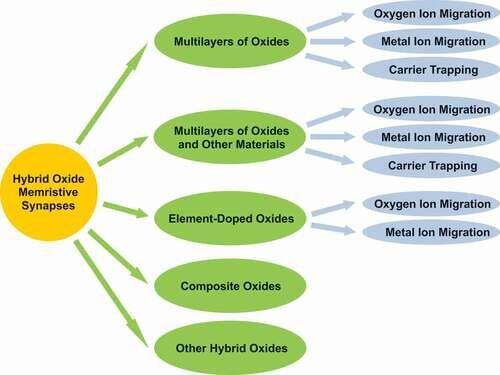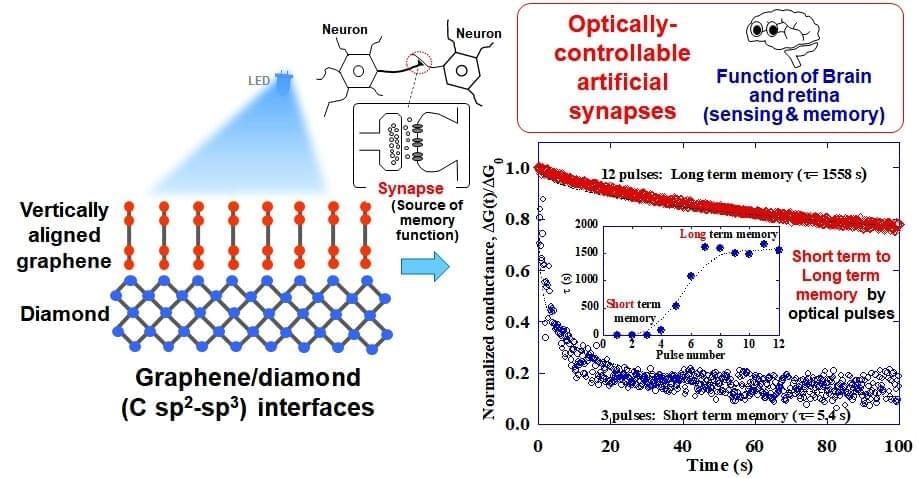Mar 12, 2022
NASA opens sample taken from the Moon 50 years on
Posted by Genevieve Klien in categories: materials, space
The Apollo missions to the Moon brought a total of 2,196 rock samples to Earth. But NASA has only just started opening one of the last ones, collected 50 years ago.
For all that time, some tubes were kept sealed so that they could be studied years later, with the help of the latest technical breakthroughs.
NASA knew “science and technology would evolve and allow scientists to study the material in new ways to address new questions in the future,” Lori Glaze, director of the Planetary Science Division at NASA Headquarters, said in a statement.
